STEM (Science, Technology, Engineering, and Mathematics) education is vital for preparing children to thrive in an increasingly complex and technological world. By engaging in hands-on STEM activities and experiments, children develop critical thinking skills, problem-solving abilities, and a curiosity for exploration. In this article, we’ll explore a variety of exciting STEM activities designed to inspire young minds and foster a love for learning.
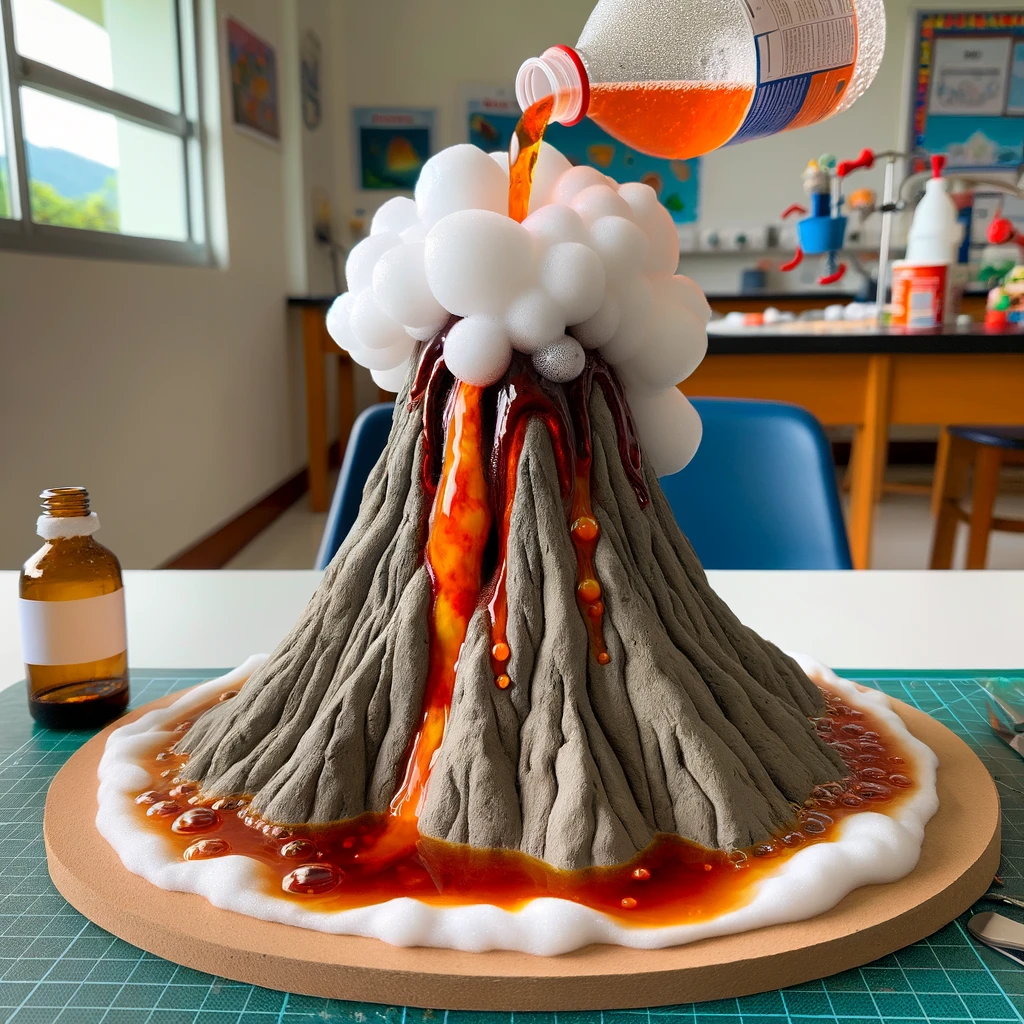
- Create a Homemade Volcano:
- Conduct a classic science experiment by creating a volcano eruption using simple household materials.
- Build a volcano model using clay or playdough around a plastic bottle. Then, mix baking soda and vinegar inside the bottle to create a chemical reaction that produces a foamy eruption.
2. Design a Paper Airplane:
- Encourage children to design and fold their own paper airplanes, experimenting with different shapes and designs.
- Test the aerodynamics of each airplane by launching them indoors or outdoors and observing how far and how straight they fly.

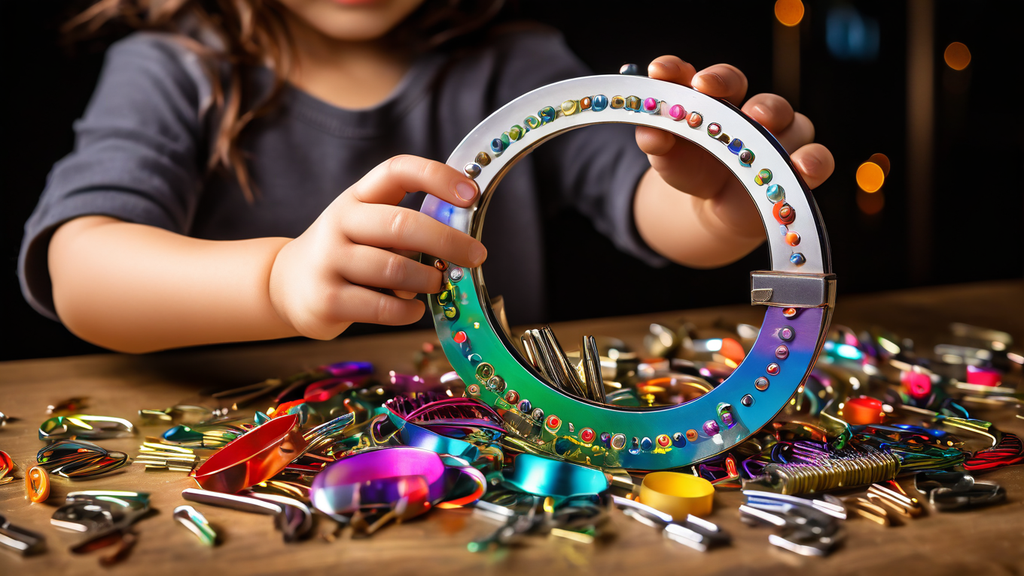
3. Explore Magnetic Forces:
- Provide children with a variety of magnets and magnetic materials such as paper clips, iron filings, and magnetic marbles.
- Let them experiment with attracting and repelling forces, and encourage them to investigate how magnets interact with different objects and materials.
4. Build a Simple Circuit:
- Introduce children to basic electronics by helping them build a simple electrical circuit using batteries, wires, and LED lights.
- Encourage them to explore how circuits work by connecting and disconnecting components to observe changes in light and sound.

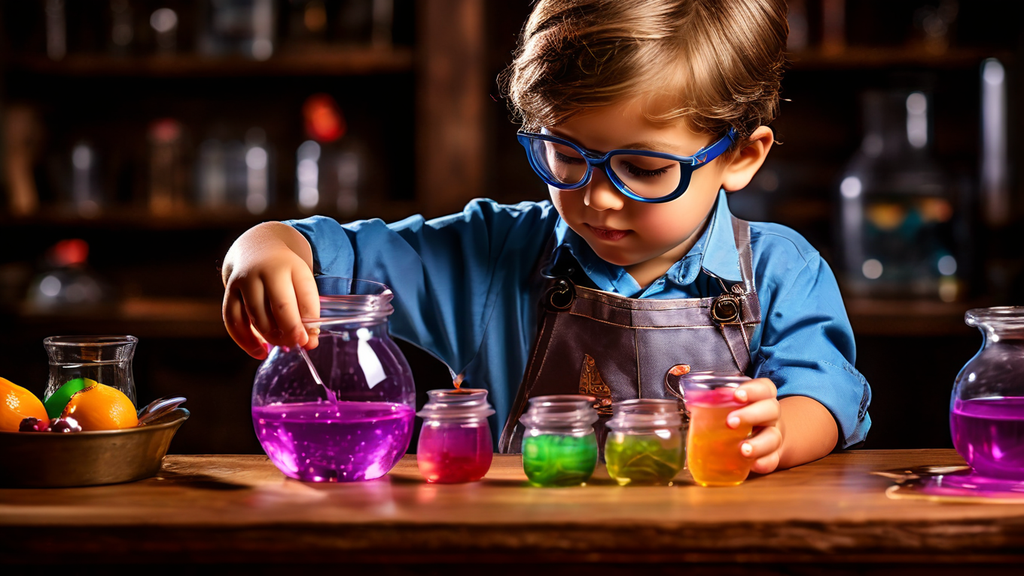
5. Create a Rainbow in a Jar:
- Conduct a colorful science experiment by creating a rainbow in a jar using sugar water and food coloring.
- Layer different densities of colored sugar water in a clear jar to create a stunning rainbow effect, while exploring concepts of density and liquid properties.
6. Construct a Marshmallow Catapult:
- Challenge children to design and build a catapult using craft sticks, rubber bands, and plastic spoons.
- Encourage them to experiment with different designs and launch angles to see how far they can launch marshmallows or other small objects.
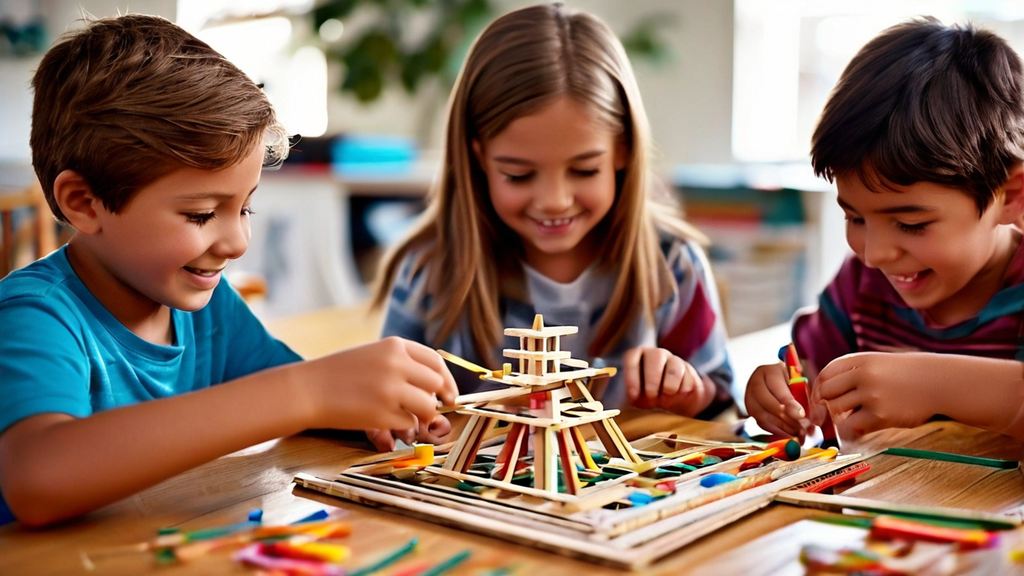
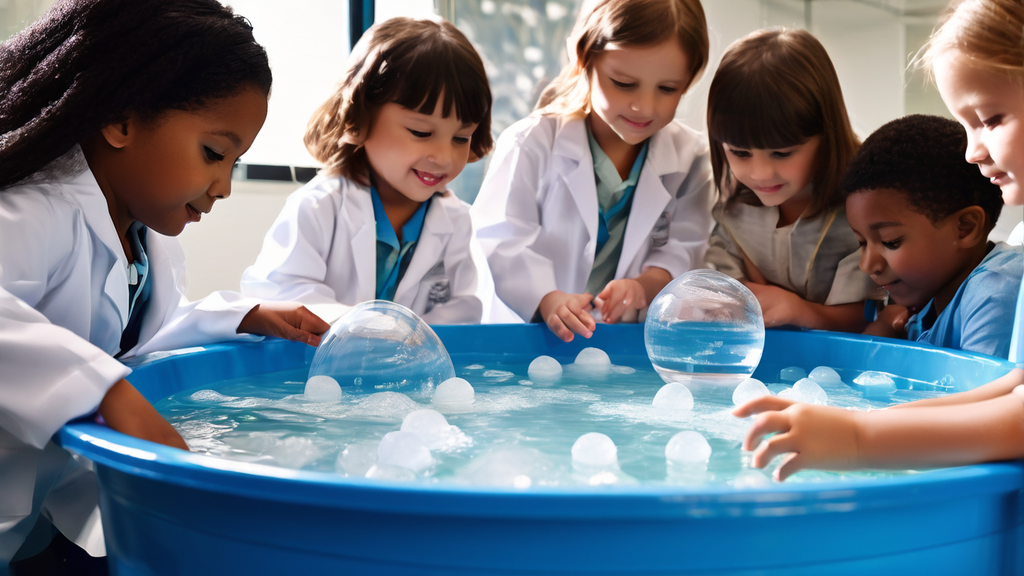
7. Experiment with Sink or Float:
- Gather a variety of objects with different shapes, sizes, and materials, such as coins, feathers, and plastic toys.
- Have children predict whether each object will sink or float in water, and then conduct experiments to test their hypotheses.
8. Fizzing Lemon Volcano:
- Materials: Lemon, baking soda, dish soap, food coloring.
- Description: Cut a lemon in half and hollow out the pulp. Place the lemon halves on a plate and add a few drops of food coloring and dish soap to each half. Finally, sprinkle baking soda into the lemon halves to create a fizzy eruption. This experiment demonstrates chemical reactions and acid-base interactions in a visually exciting way.

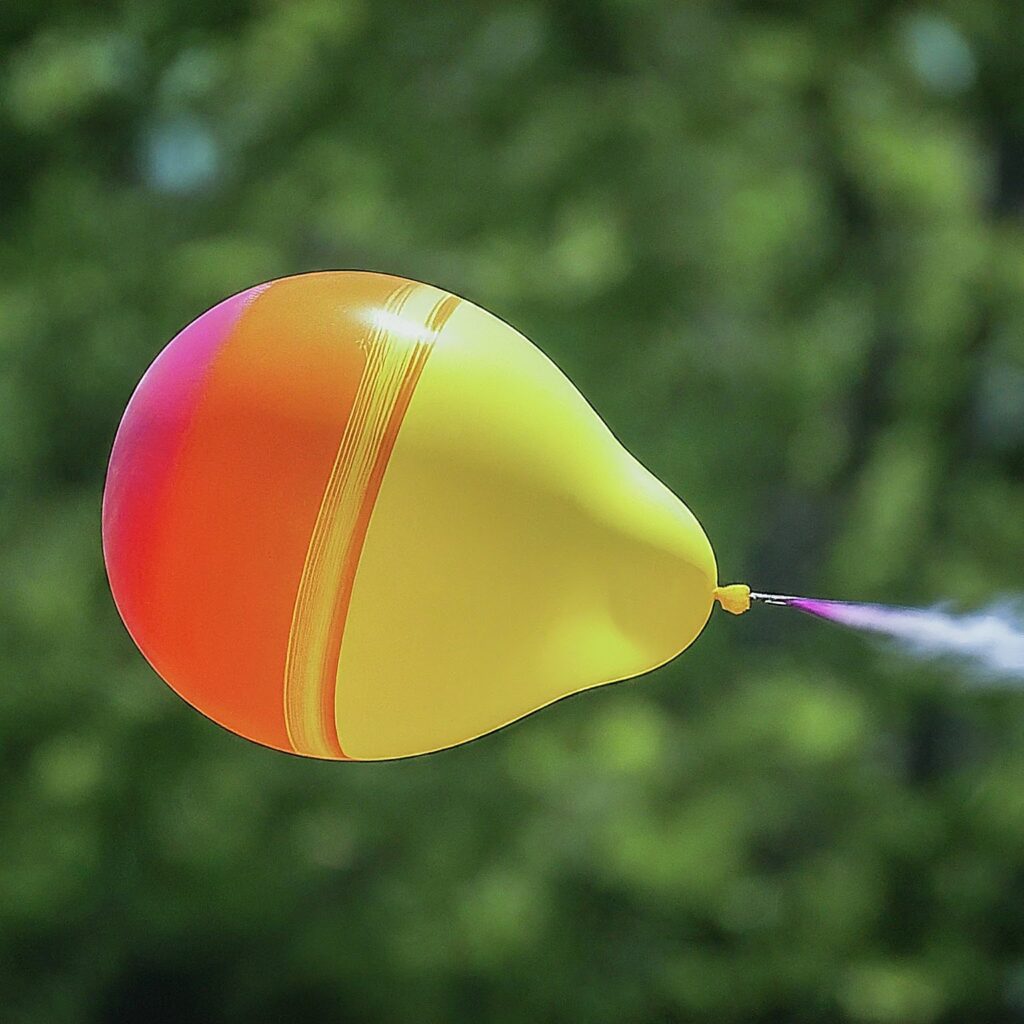
9. Balloon Rocket Race:
- Materials: Balloons, drinking straws, string, tape.
- Description: Inflate a balloon and attach it to a straw with tape. Thread a piece of string through the straw and secure it to two fixed points (such as chair backs or door handles). Release the balloon, and watch as it races along the string. This activity illustrates Newton’s Third Law of Motion and the principles of propulsion and friction.
10. DIY Lava Lamp:
- Materials: Clear plastic bottle, water, vegetable oil, food coloring, effervescent tablets (such as Alka-Seltzer).
- Description: Fill a plastic bottle with water and add vegetable oil until it’s almost full. Add a few drops of food coloring, then drop in small pieces of effervescent tablets. As the tablets react with the water, they create bubbles that rise through the oil, resembling a lava lamp. This experiment explores density, solubility, and chemical reactions.

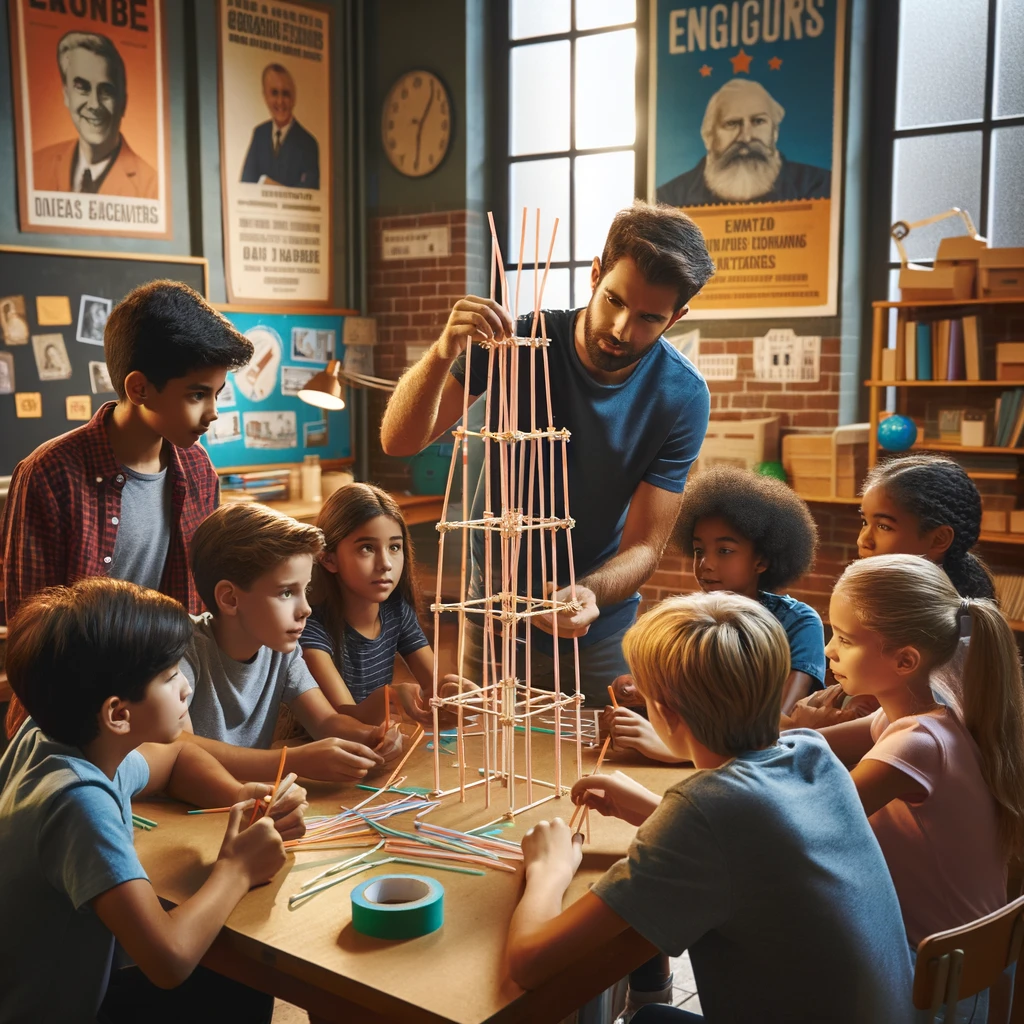
11. Build a Straw Tower:
- This activity encourages children to explore principles of engineering and structural stability. By experimenting with different designs and configurations, they learn about balance, weight distribution, and the strength of materials. Through trial and error, children develop problem-solving skills as they work to construct the tallest and most stable tower possible.
Engaging in hands-on STEM activities and experiments provides children with valuable opportunities to explore, discover, and learn. By fostering curiosity, problem-solving, and critical thinking skills, these activities lay the foundation for success in STEM fields and beyond. Encourage children to embrace the wonders of science, technology, engineering, and mathematics through exciting and interactive experiences that ignite their passion for learning.

